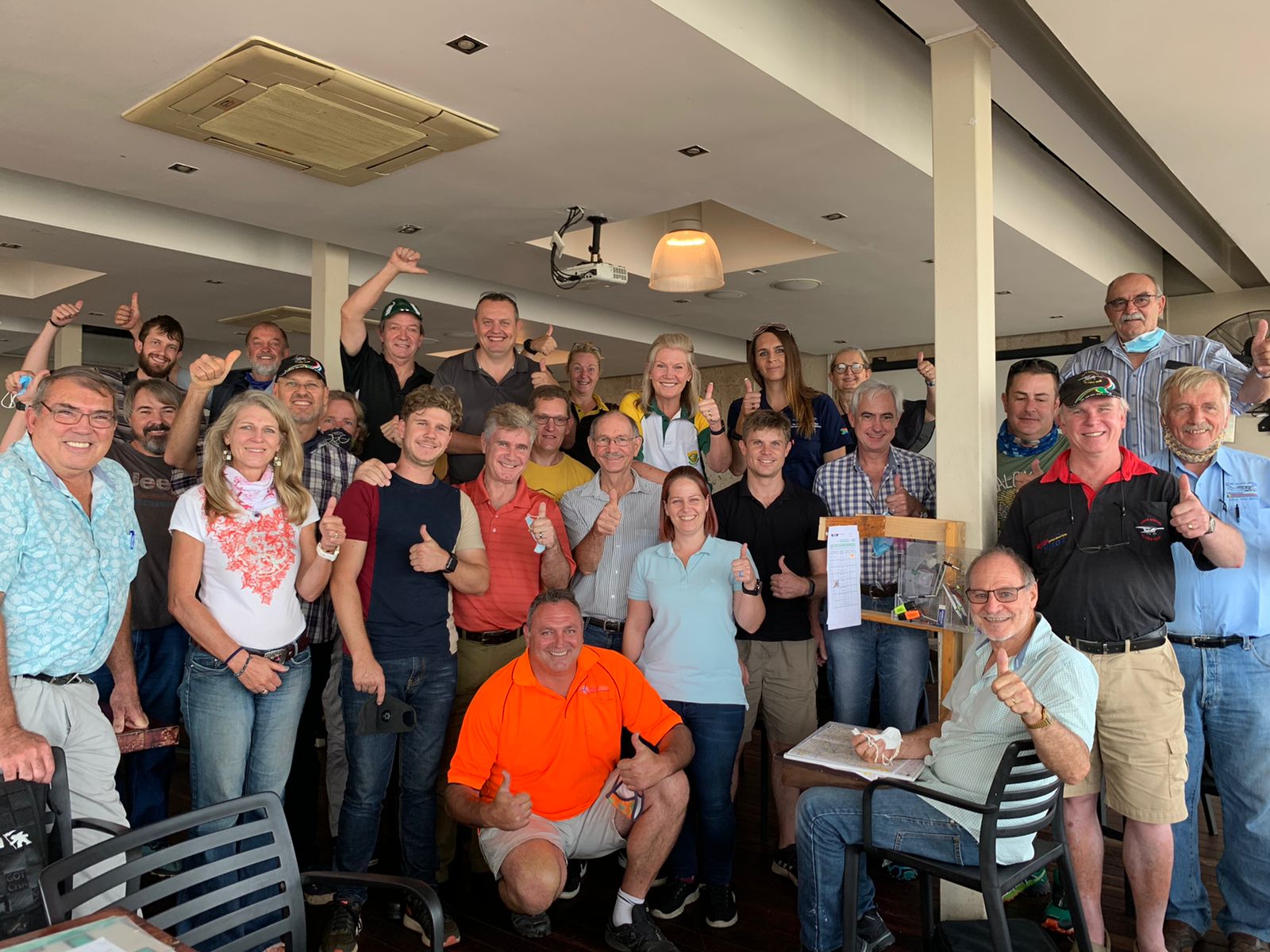Yearly Archives: 2021
Bell Acquires Response Technologies in Pursuit of Advancing Fuel Cell Technology

Bell Acquires Response Technologies in Pursuit of Advancing Fuel Cell Technology
Dubai, UAE (February 15, 2020) – Bell announced its acquisition of Response Technologies LLC, an innovative composite solutions company. This acquisition adds to Bell’s extensive technology portfolio in the aerospace and manufacturing industry.

“This acquisition aligns with our strategy to pursue innovative technology and will enable us to accelerate needed developments in our industry,” said Mitch Snyder, President and CEO of Bell. “We believe Response Technologies has the right solution for modernizing fuel cell systems and textile composites. We are proud to have them join the Bell family.”
Response Technologies is a startup founded in 2015 that is focused on flexible, 3D, textile-reinforced composite solutions. The company has two business areas of development: fuel cells and components and textile composites. With a focus on advanced manufacturing, Response Technologies’ mission aligns closely with Bell’s Rapid Prototyping and Manufacturing Innovation team.
Having many benefits over traditional combustion-based technologies usually used in most power plants and cars, fuel cells produce significantly less quantities of greenhouse gases and none of the air pollutants that create smog and cause health problems.
“We are excited to join the Bell team, and the larger Textron enterprise, for the benefits it will bring to our customers,” said David Pettey, co-founder, Response Technologies. “Bringing disruptive ideas to the world’s largest industries has always been our vision and our team looks forward to continuing our propelled and vertical progress.”

With an 85-year history of leading innovation in aviation, from the first American jet fighter to the first tiltrotor, Bell is committed to building revolutionary and coveted vertical lift products. Today, Bell carries that legacy forward by solving complex mobility issues and supporting consumers, warfighters and industries with exceptional technology and experiences.
To learn more, follow our progress on Bell’s social channels or visit the Bell website: https://www.bellflight.com/









































